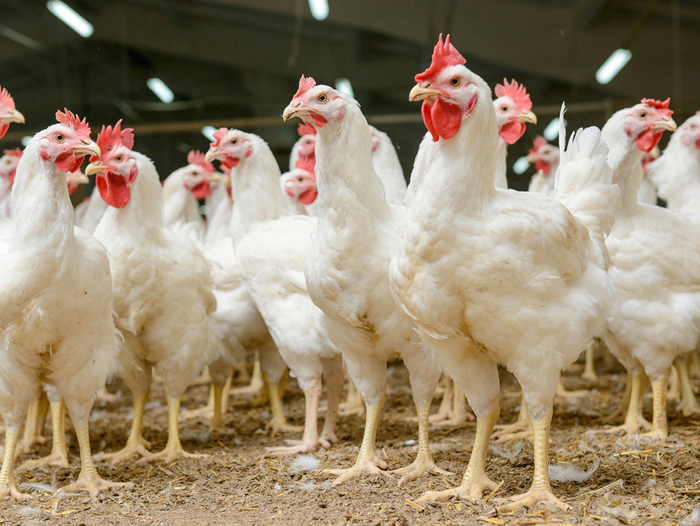Embargoes From Past Avian Flu Outbreaks Reduced Demand for U.S. Chicken Meat
June 9, 2022 | 2 min to read

On February 9, 2022, the USDA, Animal and Plant Health Inspection Service (APHIS) confirmed highly pathogenic avian influenza (HPAI) in a commercial turkey flock in Indiana. HPAI spreads rapidly, is transmittable across different species of birds, and is often lethal to infected birds. Since 2000, outbreaks of HPAI in the United States occurred in 2004 and again in 2014–15. More animals were lost in the 2014–15 outbreak than in any other infectious animal disease event in U.S. history. These events affected poultry commerce on a global scale, decimating international demand for U.S. poultry products and reducing incomes of affected U.S. producers as well as producers whose flocks did not contract HPAI. Government efforts to mitigate the disease were effective but costly.
Based on recommendations provided by the World Organization for Animal Health (known by its previous acronym OIE), importers of U.S. poultry products responded to the 2004 and 2014–15 outbreaks by imposing embargoes and other trade restrictions. Some importers required U.S. poultry products to be heat-treated. These measures restricted access to international markets for all U.S. poultry products and led to declines in domestic prices, even in regions where HPAI was not contracted.
Researchers at USDA and Oklahoma State University studied the impact of the embargoes and trade restrictions during these past outbreaks to help producers and policymakers understand how markets respond to small and large outbreaks. They determined that changes occurred at or near the end of the disease outbreaks and persisted for several months afterward. These findings can give a sense of the potential effect of the current HPAI outbreak on the poultry industry. During both the 2004 and 2014–2015 outbreaks, the U.S. broiler (chicken) industry lost less than a fraction of 1 percent of the broiler flock. Because of this limited loss in the supply of chicken meat, researchers were able to isolate and estimate the effect that reduced international demand had on prices. They were also able to study the timing and duration of those price impacts.
To read the rest of the story, please go to: USDA Amber Waves
